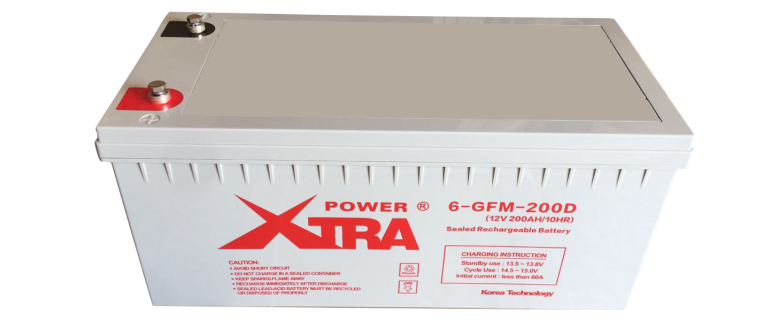Batteries vary by chemistry and configuration, which means that the required maintenance also changes. Some of these maintenance tasks may be automated or performed remotely via charge controllers or battery management systems, including charge regulation, voltage checks, and related measurements. Others require on-site manual operations or oversight. These tasks include, but are not limited to, adding water or equalization.
Sealed lead-acid batteries, gel cells, and absorbed glass mat (AGM) batteries are often called maintenance-free, because they don’t require manual maintenance like watering or an equalization charge. While this makes them suitable for remote or unattended power systems, sealed batteries need accurate regulation to keep them from overcharging or over-discharging.
Lead-acid Batteries
Lead-acid batteries should be recharged as soon as possible, with no exceptions. This is because the positive plates change from lead oxide to lead sulfate as it discharges. Should the plates be allowed to stay in a lead sulfate state instead of immediately charged, the plates will remain partially sulfate even when fully charged.
Parts of the plates that are sulfate cannot hold energy any longer, which reduces the effectiveness of the batteries and their lifetime. For example, batteries that are only partially charged on a regular basis tend to fail in less than a year. While new lead-carbon batteries dramatically reduce sulfation, they still need to be recharged immediately to keep them in good working shape.
Remember, battery warranties never cover damage due to poor maintenance or loss of capacity due to sulfation, so proper maintenance is key.
